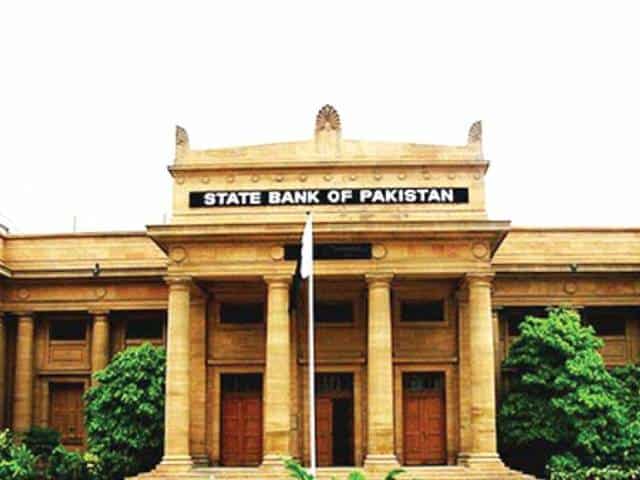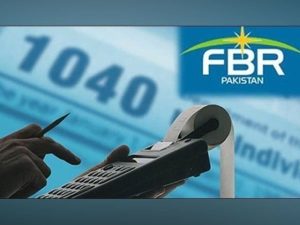KARACHI – The State Bank of Pakistan (SBP) on Saturday announced not to change interest rate of 5.75% for the next two months.
“The inflation expectations in the current fiscal year continue to remain well anchored,” said the central bank in its bimonthly Monetary Policy Statement.
However, rising real incomes in a low-interest rate environment indicate signs of pick up in domestic demand, which is reflected in the core inflation measures.
SBP expressed optimism over the economic outlook of the country and stated that GDP growth is expected to further improve in the fiscal year.
“The real economic activity continues to gather pace at the back of better agricultural output, increase in large-scale Manufacturing sectors, and a healthy uptick in the credit to private sector,” the statement added.
This expansion is helped by a range of factors including low cost of inputs, upbeat economic sentiments, improved energy supplies, and CPEC related investments.
It further states that the prudent monetary policy stance translated into low and stable market interest rates. This was an incentive for private sector to borrow from commercial banks to finance businesses and investment activities.
Accordingly, private sector credit increased by Rs 349 billion during Jul-Feb FY17 as compared to Rs 267 billion in the same period last year.
The fixed investment category also led the rise in private sector businesses loans increasing to Rs 159 billion during this period as compared to Rs 102 billion last year.
Similarly, consumer financing continued the uptrend in the first eight months of the current fiscal year. The improved interbank liquidity conditions also spurred the growth in private sector credit.
This was led by both government handing over the responsibility to commercial banks and an increase in bank deposits compared to the withdrawals seen last year.
Meanwhile, the current account deficit has pushed to US$ 5.5 billion during fiscal year Jul-Feb. This is since economic activity led to an increase in imports, without any sustained improvement in exports.
There was also a decline in remittances, and while net financial flows remained higher, these were not sufficient to finance the current account deficit.
SBP recommended that current account deficit may be contained in the coming months by taking into consideration the impact of policy measures to augment exports and check non-essential imports.
Furthermore, continuation of the financial inflows, CPEC related imports, and any major fluctuation in the global oil price will determine the external sector in the next fiscal year.













